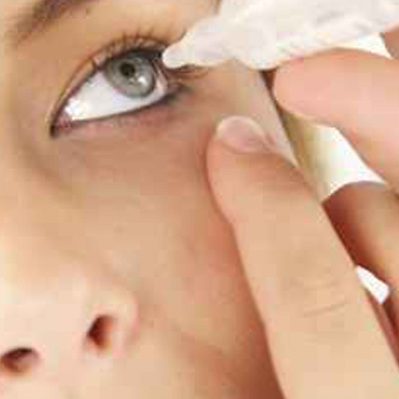DRY EYE
Dry eye is one of the most common eye diseases, especially among the elderly population, although we are seeing more young people with the condition. Characteristically, there is a lack of tears which impedes having the eye moist and therefore comfortable, which in turn causes irritability and discomfort.
What is dry eye ?
The normal production of tears in the eye is constant, without needing to cry. The function of tears is to keep the eye moist and subsequently contribute to having good visual quality. In addition to this, they have the job of providing nutrients for the cornea and are a protection against certain infections. We speak of dry eyes when the basal secretion of tears has decreased, although in certain cases the patient may be able to cry normally when faced with irritation or emotions.
What symptoms does it produce ?
There is a gritty sensation and that of having a foreign body in the eye, stinging, burning, sensitivity to light, discomfort when blinking, the feeling of tired eyes, irritation in dry or smoky atmospheres and even watering of the eyes as a response to irritation.
What are the causes ?
There are different causes, but basically dry eye is due to alterations in the production of tears or on the eye’s surface, brought on by age, the consumption of anti- depressants, the use of contact lenses, inadequate blinking etc…Recently, more young patients are complaining of dry eye when they spend many hours working in front of computer screens. Dry eyes can also be related to thyroid diseases and arthritis, among others. Specifically, there is Sjogren syndrome, an immunological disease which causes there to be a reduction in the secretion of tears and saliva.
How is it treated ?
A previous ophthalmological examination will allow us to suggest the most suitable treatment for each patient. The most common is to use artificial tears in the form of eye drops, which reproduce the principal characteristics of natural tears. In some cases, ophthalmic gels may be applied, creams or anti- inflammatories or the use of atmospheric humidifiers and protective goggles may be suggested. Nowadays, we also try to stimulate the tear gland with medication, to increase the production of tears. Finally, there also exist surgical solutions in order to temporarily or permanently obstruct the ducts which drain tears in an attempt to keep them in the eye for as long as possible.

